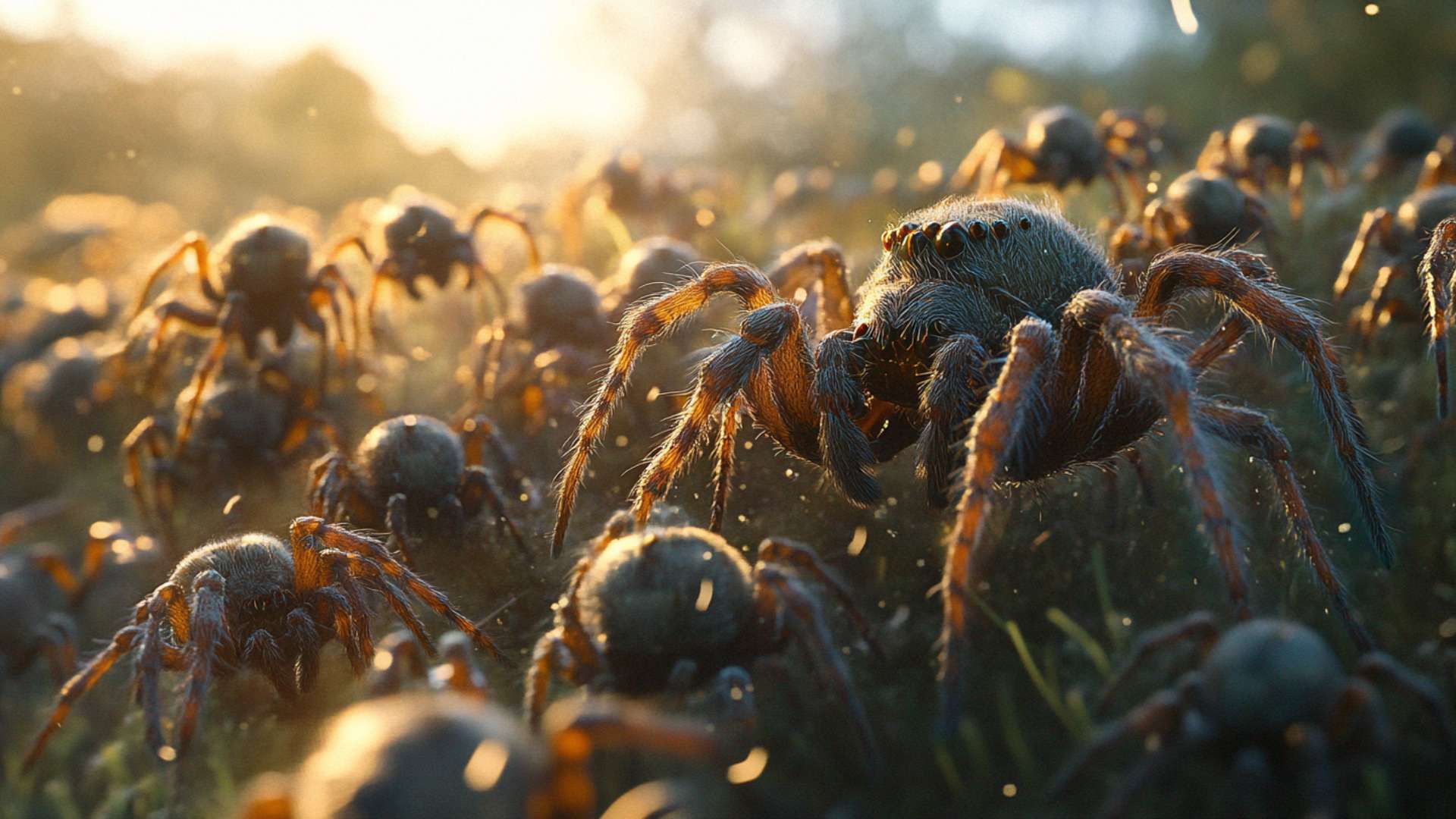Overview of brown recluse spiders
Brown recluse spiders, scientifically known as Loxosceles reclusa, are venomous spiders that belong to the Sicariidae family. These arachnids are mostly found in the central and southern regions of the United States, with a concentration in states like Texas, Oklahoma, and Missouri.
Though they prefer warm climates, brown recluse spiders have also been spotted in other areas including the Florida Panhandle. One distinguishing characteristic of these brown spiders is the violin-shaped mark on their cephalothorax (the spider’s head and thorax combined), which has given them an alternative name, “fiddleback spiders.” Adults typically measure about 6-20 mm in length.
Their bodies range from light brown to dark brown shades and are covered in fine hairs. However, it’s important to note that not all brown spiders are brown recluse spiders—proper identification is crucial.
Identification and characteristics
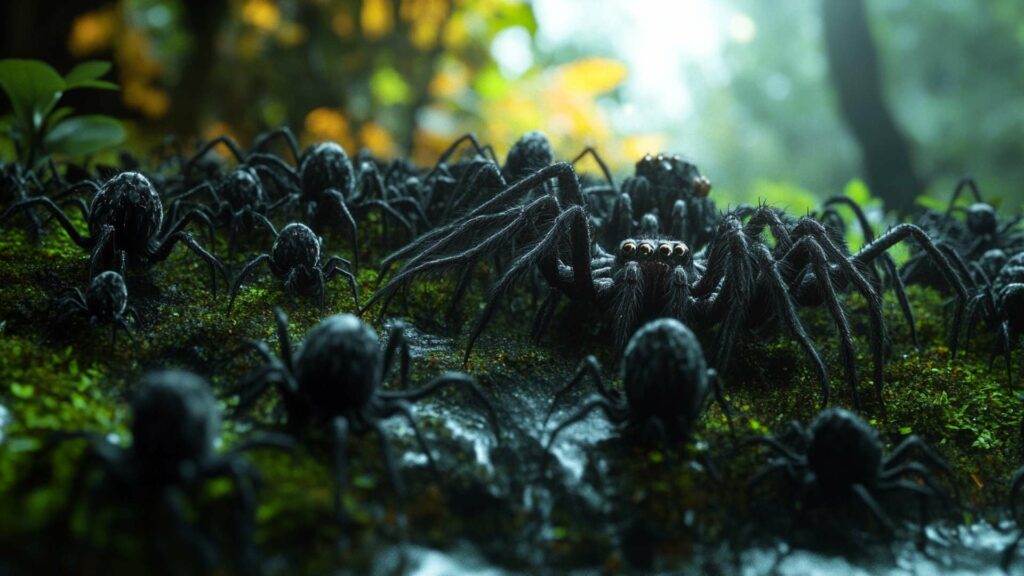
To properly identify a brown recluse spider, you’ll need to pay attention to specific features beyond just their coloration. Aside from the violin-shaped marking on their cephalothorax, they possess six eyes arranged in pairs instead of eight like many other species of spiders. This unique characteristic sets them apart from most other harmless spider varieties.
Another notable trait is their long legs which extend up to two inches across when fully grown. The legs have fine hairs along with spines protruding from them.
Although it’s worth mentioning that these characteristics can vary depending on the age and gender of the spider. Understanding how to recognize these venomous creatures is essential for effective spider control measures since you don’t want to mistakenly eliminate harmless species or risk encountering a potentially dangerous situation due to misidentification.
Understanding the Behavior of Brown Recluse Spiders
Habitat Preferences and Distribution
Brown recluse spiders, scientifically known as Loxosceles reclusa, are primarily found in the central and southern regions of the United States. They thrive in warm climates and are particularly prevalent in areas such as Missouri, Kansas, Oklahoma, Arkansas, and parts of Texas. However, they have also been known to inhabit other states like Florida Panhandle.
These spiders exhibit a preference for dark, undisturbed environments. You can often find them hiding in basements, attics, closets, and crawl spaces.
They are skilled at adapting to different habitats due to their nomadic nature. Brown recluses may also seek shelter in outdoor locations like woodpiles or piles of debris.
Feeding Habits and Prey
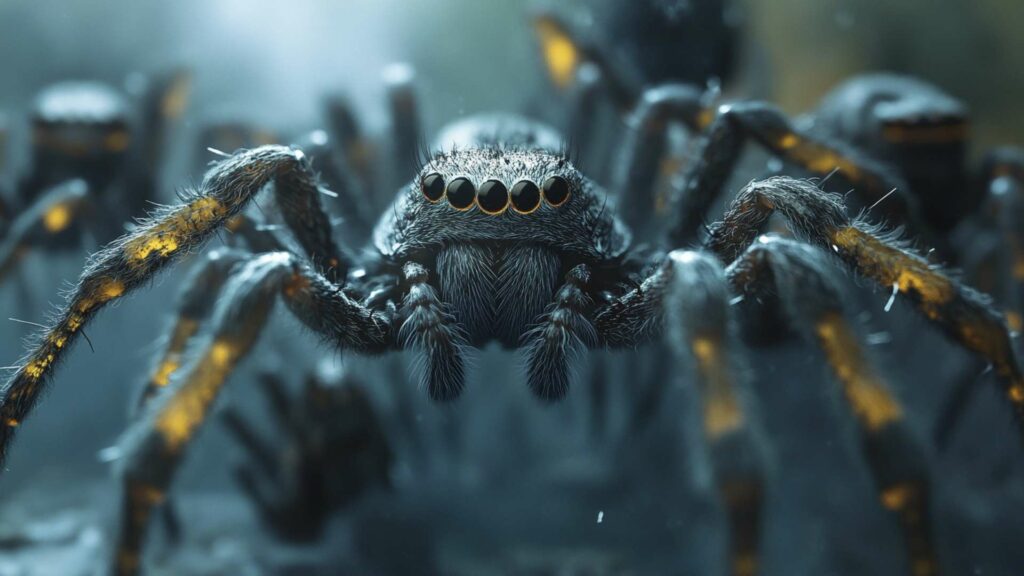
As nocturnal hunters, brown recluse spiders primarily feed on other small insects. They do not spin large sheet-like webs like some other spider species; instead, they construct irregular cobweb-like structures to provide a retreat for hunting. These webs usually have no distinct pattern or shape.
Their preferred prey consists of various insects that commonly invade homes such as cockroaches, crickets, silverfish, and even other spiders. The brown recluse spider’s venom contains enzymes that liquefy its prey’s tissues for easier consumption.
It’s essential to note that while brown recluses are venomous predators with potent bites capable of causing significant tissue damage if left untreated; they typically only bite humans when threatened or accidentally trapped against the skin. Understanding these aspects of the brown recluse spider’s behavior is crucial when devising effective strategies for eliminating their presence from your home or property safely.
Signs of Brown Recluse Spider Infestation
Identifying Spider Bites: Unveiling the Venomous Mystery
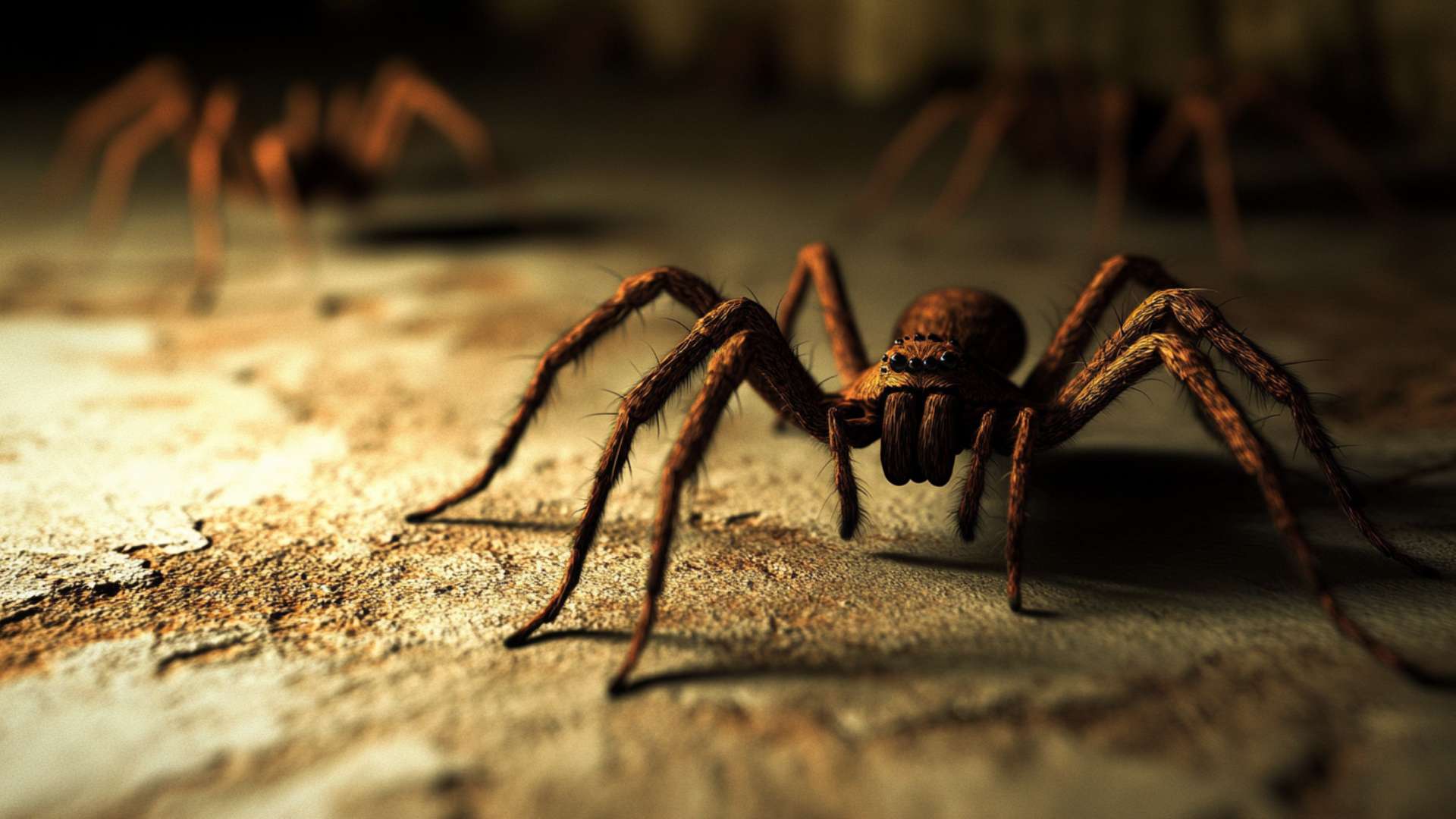
When it comes to dealing with brown recluse spiders, being able to identify their bites is key. These spiders are notorious for their venomous bite, which can cause serious reactions in some individuals. The first step in recognizing a serious brown recluse venom or spider bite is to be familiar with its appearance and symptoms.
A typical brown recluse spider bite often starts as a small red spot that gradually becomes more swollen and painful over time. It may resemble a pimple or a blister, eventually forming a necrotic wound with a central ulcer surrounded by an inflamed area.
The bite may cause itching and localized pain, which can intensify within the first 24 hours. In severe cases, systemic symptoms such as fever, muscle pain, nausea, and chills may occur.
It’s important to note that not all spider bites are from brown recluse spiders. Many other insects can leave similar marks on the skin, so it’s crucial to consult a healthcare professional for an accurate diagnosis if you suspect you’ve been bitten.
Recognizing Webs and Egg Sacs: Unveiling Their Secret Hideouts

To determine whether your home is infested with brown recluse spiders, keep an eye out for their telltale signs – webs and egg sacs. Unlike many other common spiders that weave intricate webs to catch prey, brown recluses create irregular webs located in secluded areas such as attics, basements, closets, or wood piles. These webs are often disorganized and haphazardly constructed compared to those of orb-weaving spiders.
They have no distinct pattern but tend to be loosely woven near ground level or towards corners of rooms. Another sign of a potential brown recluse infestation is the presence of egg sacs.
These sacs are off-white or cream-colored and have a distinctive shape, resembling a small cotton ball. Each sac can contain up to 50 eggs and is typically hidden in the same secluded areas where you might find their webs.
By learning to recognize these signs, you’ll be better equipped to take appropriate measures to get rid of brown recluse spiders and prevent future infestations. Remember, if you suspect a significant infestation or are unsure about handling it yourself, it’s advisable to consult with a professional pest control company for assistance.
Remember – Safety First!
Taking proactive measures to identify signs of brown recluse spider infestation is essential for effective pest control. Identifying spider bites accurately can help address any potential health concerns promptly. Additionally, recognizing their webs and egg sacs allows you to target their hiding spots more effectively.
Stay tuned for section IV where we discuss prevention methods that will help keep those elusive brown recluse spiders away from your home. Remember: knowledge is power when it comes to pest control!
Prevention Methods to Keep Brown Recluse Spiders Away
Sealing cracks and crevices in your home
To effectively keep brown recluse spiders away from your living space, it is crucial to seal any potential entry points. Inspect your home thoroughly for cracks and crevices that might serve as convenient access points for these sneaky arachnids.
Caulk windows, doors, and foundation gaps to ensure a tight seal that prevents the spiders from entering.
Caulking windows, doors, and foundation gaps
The fine hairs on a brown recluse spider’s legs enable it to squeeze through even the tiniest openings. By using high-quality caulking materials, you can create a barrier that keeps these pests at bay. Focus on sealing window frames, door frames, and any visible cracks in the foundation of your home.
Repairing damaged screens on doors and windows
Torn or damaged screens offer an open invitation for brown recluse spiders to enter your living space unnoticed. Inspect all screens on doors and windows regularly for any signs of wear and tear. Repair or replace them promptly to ensure that no gaps are left through which these unwelcome guests can crawl.
Removing clutter and reducing hiding spots
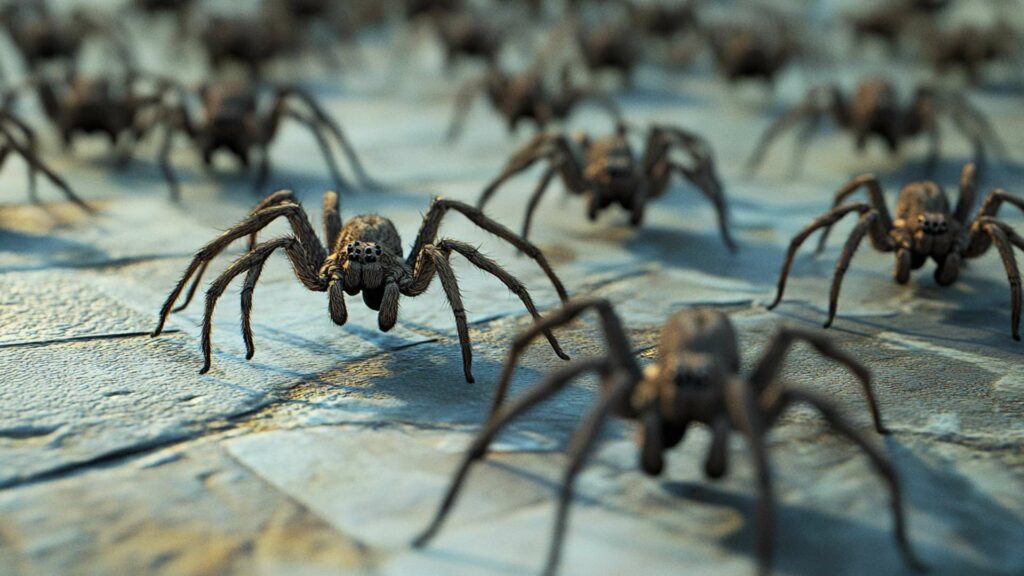
Brown recluse spiders prefer dark and cluttered areas where they can hide undisturbed. Take proactive steps to declutter storage areas such as basements and attics by organizing items into labeled containers or shelving units.
Remove unnecessary stacks of boxes, piles of clothing, or unused furniture that can create hiding spots for these arachnids.
Decluttering storage areas, basements, and attics
To deter brown recluse spiders from settling in your home, decluttering is crucial. As you declutter your storage areas, carefully inspect items for any existing brown recluse spider bites, infestation or egg sacs. Dispose of infested items responsibly and thoroughly clean the area afterwards to eliminate any remaining spider traces.
Keeping the area around your home free from debris
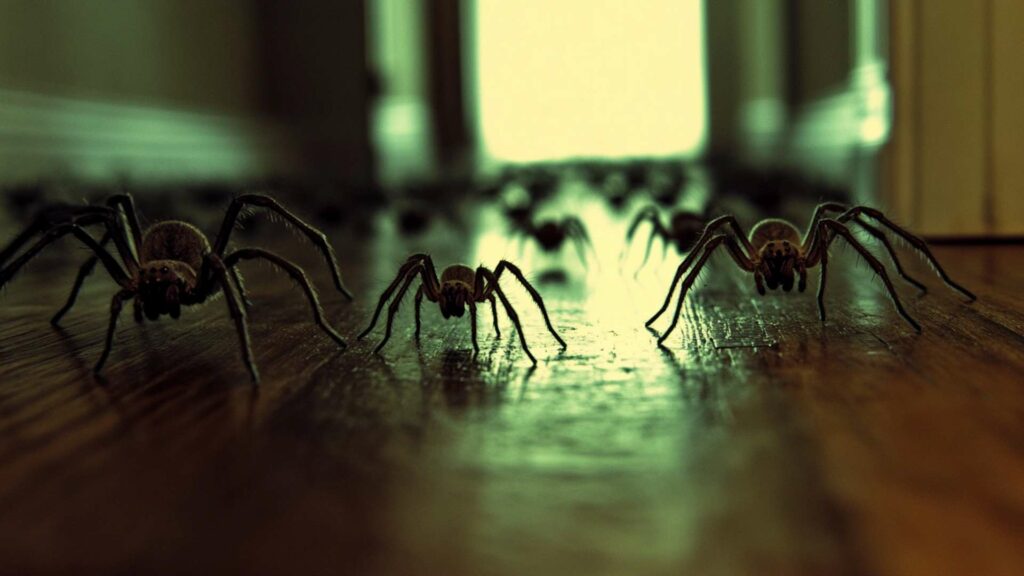
Brown recluse spiders often find refuge in outdoor debris near the house before venturing inside. Regularly clean up leaves, woodpiles, and other organic matter that might attract insects – a food source for these spiders.
Additionally, ensure that trash cans are tightly sealed to prevent attracting any other pests that may lure brown recluses to your property.
Proper outdoor maintenance to deter spiders from entering your home
In addition to cleaning up debris around your home’s exterior, proper outdoor maintenance plays a vital role in deterring brown recluse spiders from setting foot on your premises. Trim vegetation near the house regularly to eliminate potential hiding spots for these pesky arachnids. Moreover, seal entry points like gaps around pipes or utility lines with caulk or suitable sealants to minimize their chances of finding their way inside.
Natural Remedies for Repelling Brown Recluse Spiders
Essential oils known to repel spiders
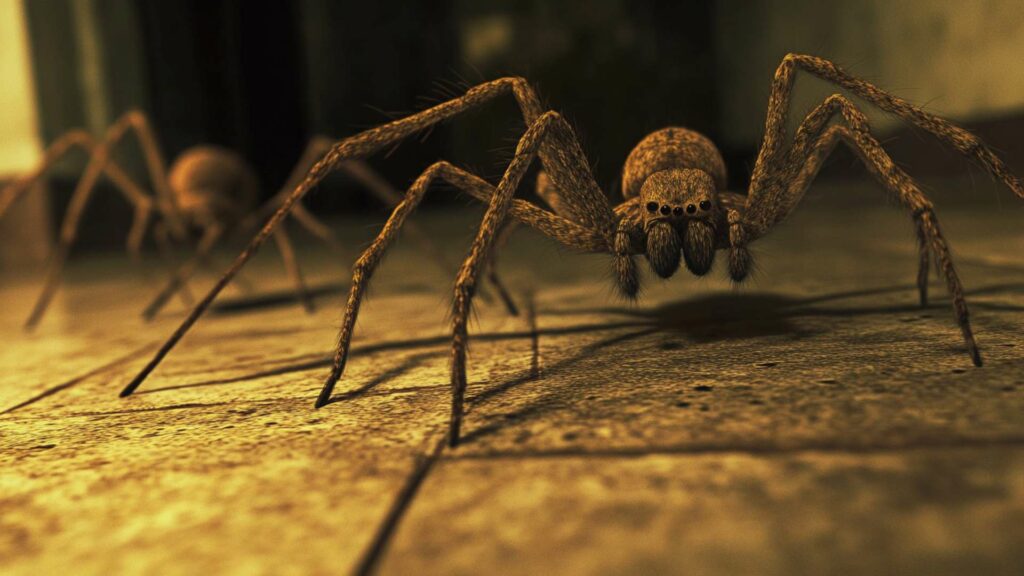
When it comes to natural remedies for repelling brown recluse spiders, essential oils can be highly effective. Peppermint oil and lavender oil are two such oils known to help keep these arachnids at bay.
The strong scent of peppermint oil acts as a deterrent, making it less appealing for spiders to enter your home. You can create a homemade spray by mixing 10 drops of peppermint oil with water in a spray bottle.
Spritz this mixture around entry points, corners, and other areas where spiders are likely to crawl or hide. Lavender oil is another great option that not only smells pleasant but also repels brown recluse spiders effectively.
Like peppermint oil, you can mix 10 drops of lavender oil with water and spray it around your home regularly. Additionally, placing lavender sachets or dried lavender in closets and drawers can help keep spiders away from those areas.
Plants that naturally repel spiders
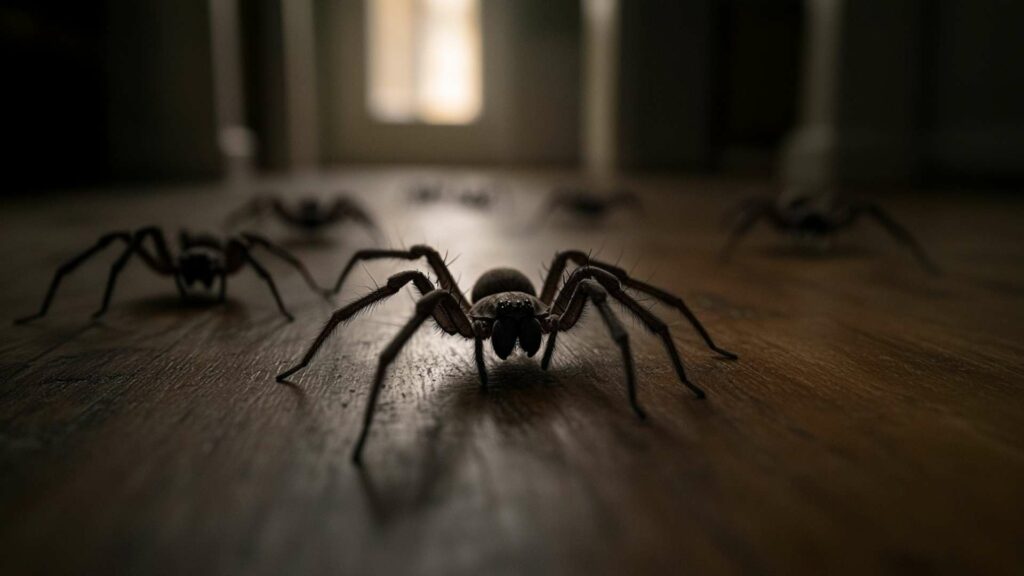
If you prefer a more organic approach to spider control, certain plants have properties that naturally deter brown recluse spiders. Lemon balm is one such plant known for its ability to repel not only mosquitoes but also various types of pests, and even eliminate brown recluse spiders. Planting lemon balm around your property or keeping potted lemon balm indoors near windows can discourage these eight-legged creatures from making themselves comfortable in your space.
Another plant that proves effective in deterring brown recluse spiders is eucalyptus. This aromatic plant emits a strong scent that many insects dislike, including most spiders.
Placing eucalyptus branches or leaves near windowsills, doorways, or any other entry points can help prevent brown recluse spiders from entering your home. Incorporating these essential oils and spider-repellent plants into your pest control routine can significantly reduce the chances of brown recluse spiders taking up residence in your living areas.
However, it’s important to note that while these remedies may repel or kill brown recluse spiders, they may not eliminate an existing infestation. Therefore, if you have a severe problem with brown recluse spiders, it’s advisable to consult a professional pest control company for more robust solutions.
Remember, prevention is key in dealing with brown recluse spiders. By implementing these natural remedies and maintaining a clean and clutter-free environment, you can create an unwelcome environment for these spiders and ensure a safer space for yourself and your family.
Chemical Treatments for Eliminating Brown Recluse Spiders
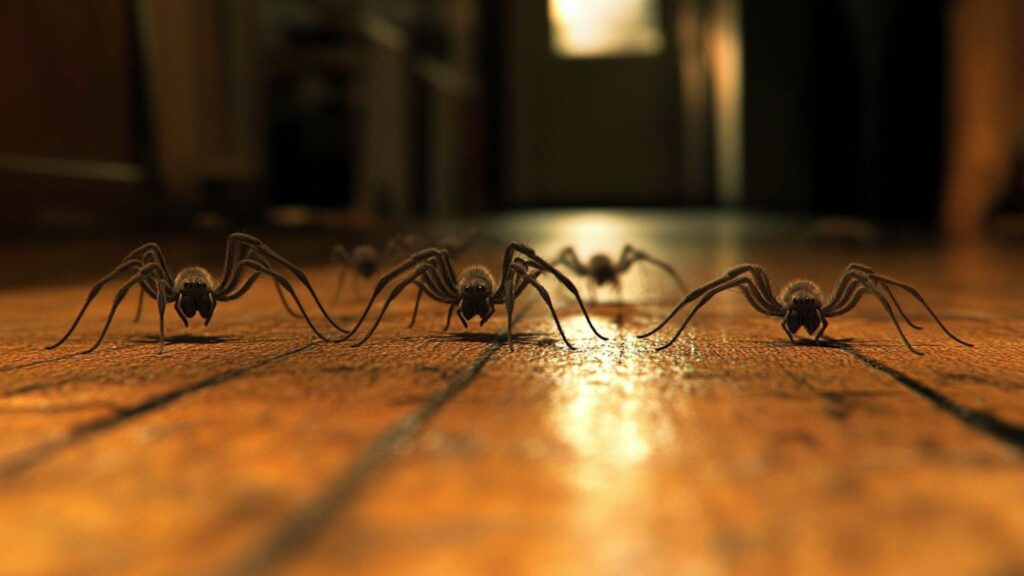
Insecticides specifically designed for spider control
When it comes to dealing with a brown recluse spider infestation, using insecticides specifically designed for spider control can be an effective option. These insecticides contain active ingredients that target spiders while minimizing harm to humans and pets.
Look for products that are labeled for spider control and follow the instructions carefully. One popular type of insecticide contains pyrethrins or pyrethroids, which are synthetic versions of natural pesticides found in chrysanthemum flowers.
These compounds attack the nervous system of adult brown recluse spiders, leading to paralysis and ultimately death. Sprays containing pyrethrins or pyrethroids can be applied directly on brown recluse spiders or sprayed in areas where they are likely to hide, such as corners, cracks, and crevices.
Dust formulations for hard-to-reach areas
Brown recluse spiders are notorious for hiding in hard-to-reach areas like attics, basements, and crawl spaces. That’s where dust formulations come into play. These powders contain insecticidal compounds that cling to surfaces and remain effective over time.
The fine particles can easily penetrate cracks and crevices where brown recluses tend to dwell. To use dust formulations effectively, apply a thin layer in areas prone to spider activity using a duster or an applicator designed specifically for dust products.
Pay attention to dark corners, behind furniture, along baseboards, and any other potential hiding spots. Remember to wear protective gloves and a mask while applying the product as it can irritate the eyes, skin, or respiratory system if mishandled.
Conclusion
When facing a spider problem involving brown recluse spiders, it is crucial to consider various strategies for eliminating and repelling these spiders effectively. Chemical treatments, such as insecticides designed for spider control and dust formulations, can be powerful tools when used correctly. However, it is important to always prioritize safety by following the instructions provided with these products.
Remember that chemical treatments should be part of a comprehensive approach to spider control, which may include preventive measures like decluttering, sealing entry points, and using natural repellents. If you have a serious spider infestation or if you are unsure about how to handle it safely, it is advisable to seek professional help or advice from an exterminator.
By taking proactive steps and implementing appropriate strategies for brown recluse spider control, you can create a safer and more comfortable living environment for yourself and your loved ones. Don’t let fear of spiders spin webs around your life; with the right knowledge and actions, you can successfully repel brown recluse spiders from your space.
Dominate Spiders with D-Termination: Las Vegas’ Top Pest Control Choice!

If the presence of spiders in your Las Vegas property is causing concern, let D-Termination provide the solution. Our expert team specializes in eradicating spider infestations, restoring peace and tranquility to your space. Bid farewell to spiders—opt for D-Termination’s effective pest control today!
Reach out to us at 702-919-6310 or visit dtermination.com to schedule your spider control service and regain your space from these unwelcome pests.
Frequently Asked Questions:
Managing brown recluse populations is possible but challenging.
Factors like clutter and suitable hiding spots might lead to an infestation.
Predators like other spiders and insects can prey on brown recluses.
Gently remove the spider if it’s on you and seek medical attention if bitten.

